The Bedia cathedral was built in 999 on a mountain plateau in the village of Agu-Bedia, Tkuarchal district of Abkhazia. This is an Orthodox church, known far beyond the borders of Abkhazia. In 2019, the Bedia temple marked the 1020th anniversary since its founding.
Asta Ardzinba
If to leave Sukhum along the Abzhuy highway towards the Abkhaz-Georgian border, and then turn towards the mountains, then only 77 kilometers from the departure point you will reach the village of Agu-Bedia - at first glance, nothing particularly remarkable. As in all other villages of Abkhazia, here houses and estates of local residents are scattered over the hills, grapes are grown, corn is cultivated and here and there you can see hazelnut orchards.
However, this small village in the foothills of the Caucasus is known far beyond the borders of the country. This is because it is here that one of the most magnificent medieval temples of Abkhazia is located - Bedia cathedral.
Symbol of the era of Bagrat
The cathedral was built in 999 during the rule of the Abkhaz King Bagrat III. Here, in the temple, is the tomb of the King. He was buried here in 1014. Bagrat not only erected the temple, but also established a new Bedia bishopric, which disposed of the land between the rivers Galidzga and Ingur.
According to legend, Bagrat III personally chose a place for the construction of the Bedia temple. His choice fell on a hill surrounded by picturesque mountains. The cliffs of the plateau on which the cathedral was built became a natural barrier, turning the temple into an almost impregnable fortress. In addition to the temple, on this height were other buildings of church use. One can climb there only from the western side. The top offers a magnificent view of the Black Sea coast and the peaks of the Main Caucasus Range.
To mark the completion of construction in 999, King Bagrat III and his mother, the Abkhaz Queen Gurandukht, from whom he inherited the throne, presented a golden chalice to the Bedia cathedral (a liturgical vessel for the celebration of the Divine Liturgy - ed.). It is decorated with relief figures of Christ the Savior, Our Lady, the apostles Peter and Paul, as well as other apostles and evangelists. The inscription on the Bedia chalice testifies to whose gift it is. The golden cup for Communion has a diameter of 14 centimeters, its height –12.5 centimeters. Initially, it was a goblet with a leg, but the leg was lost under unknown circumstances.
Today the relic is kept in the Museum of Art of Tbilisi. The historical artifact was exported from Abkhazia to Georgia in 1947 during the Soviet Union, when both republics were part of a single state. In modern realities, the Abkhaz authorities have repeatedly raised the issue at the international level about the return of the Bedia chalice to Abkhazia, but the Georgian side is hindering this.
In the name of the Mother of God
The temple was consecrated in honor of the Vlaherna Icon of the Mother of God. This is an icon revered in Orthodoxy, which is considered miraculous. For a long time, it was stored in the Church of the Virgin in Vlacherna in the north-west of Constantinople (modern Istanbul - ed.), where in 910 the famous appearance of the Virgin to the faithful took place (in honor of this event the Church established the feast of the Protection of the Holy Virgin, which is celebrated on October 14 - ed.). The icon got its name from the temple. It was considered the patroness of the city of Constantinople and the Byzantine emperors. In 1653, the icon was brought to Russia as a gift to the Russian Tsar Alexei Mikhailovich. Today it is kept in the Assumption Cathedral of the Moscow Kremlin.
The Bedia church is domed in its architectural outline (the cross-domed type of the temple was borrowed in Byzantium - ed.). Its walls are built of hewn gray stone. The architectural layout is similar to many other Christian monuments of Abkhazia of that period.
The central hall is separated from the side rooms by walls, which are decorated with arches and columns. Apses (the projections of the building adjacent to the main volume - ed.) of the altar and adjacent side rooms are semicircular. Inside the walls of the temple were covered with murals made at different times, but now only their fragments remain. The fresco on the western wall is most noteworthy: it depicts the Byzantine emperor Constantine the Great (the emperor during which not only the brutal persecution of Christians stopped, but Christianity itself passed into the status of the dominant religion of the Roman Empire - ed.).
Among the external decorations of the Bedia temple, a carved cross on the eastern wall outside the temple is noteworthy.
Temple complex and worship
A hundred meters west of the Bedia cathedral are the ruins of a large stone palace with the remains of arches and columns of the lower floor. There was a refectory and a meeting room, and on the second floor were the living quarters of the Bedian bishops. The palace was built in the 16th century. From the north, the bell tower adjoined the palace, which appeared here around the XIII-XIV centuries. Unfortunately, it has not been preserved to our days.
Divine services in the Bedia cathedral were held until the beginning of the XVII century. However, after the invasion of the Ottomans and the establishment of their power in the territory of Abkhazia, the temple was abandoned.
It is known that at the end of the XVIII century the Bedia Cathedral was restored, then the facade and the dome were rebuilt.
You can find out what the temple was like before restoration by looking at the photo from the brochure of Olga Ermolaeva 1912. The photo shows that the dome of the temple was subjected to great destruction, overgrown with greenery and trees that made their way out of the holes.
“In this way, Bedia stood in ruins, as the photograph depicts, just a few times ago - and is not like that now,” wrote Ermolaeva, author of popular articles on religious topics, about the temple.
After restoration at the beginning of the XIX century, two centuries later, services in the temple resumed.
The second time the Bedia temple was closed in 1924 - by order of the Soviet government. Due to the inaccessibility, the cathedral building was not turned into an office building. The new government declared the ancient cathedral a historical monument and placed it under state protection.
The first service in the newly opened - already in the third millennium - Bedia cathedral, was held in 2010, in support of the soldiers of Abkhazia.
Today, restoration works is underway in the church, but they are extremely slow.
Gatekeeper
Olga Ermolaeva already mentioned above noted that Bedia is “not only a temple”. In front of the temple there is a picturesque green glade, on which once stood one of those grand centuries-old trees that are considered sacred in Abkhazia. As Ermolaeva wrote, the trees definitely stood “guard of that house, which has kept their integrity from generation to generation.”
The researcher described the linden on the western side of the temple. According to one version, its trunk had such an unusually large circle that in the hollow of a tree for a long time six priests found shelter, who had once arrived in Bedia with the intention of being based near the ruins of the temple.
At the beginning of the 19th century, that tree died. However, today there is its “descendant” on the approach to the temple, the new “guardian” of the Bedia temple.
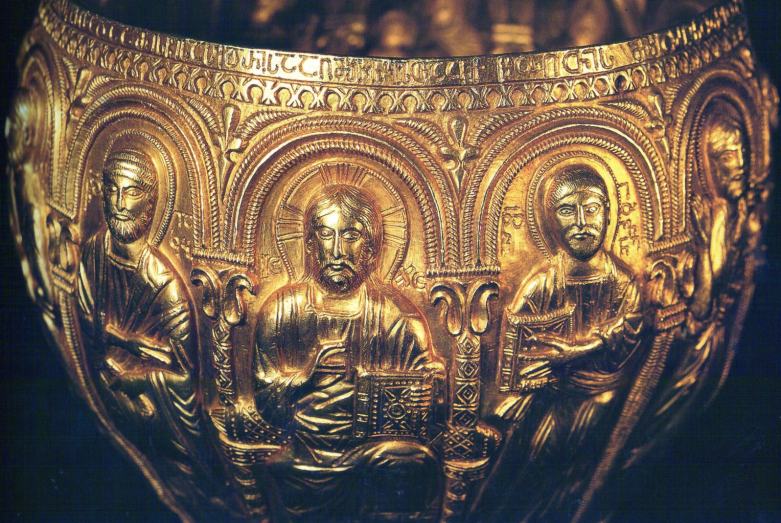
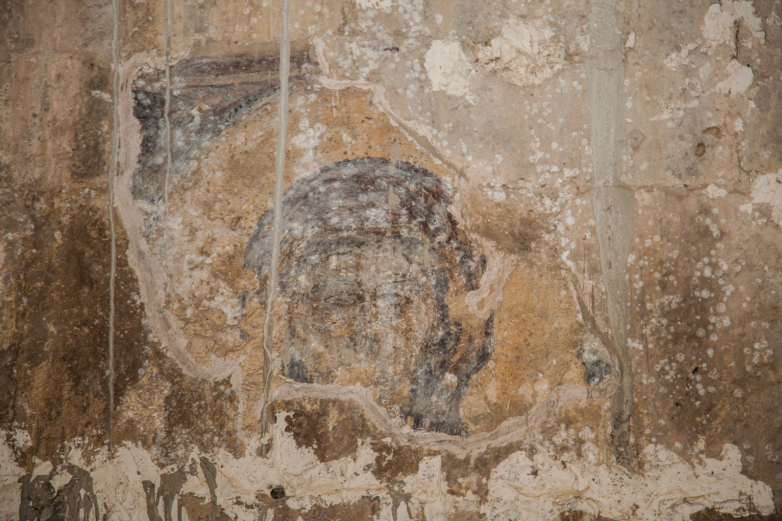
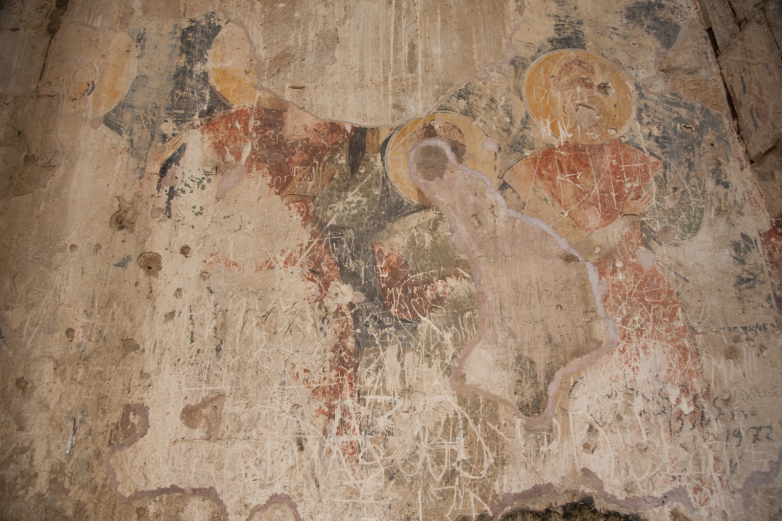
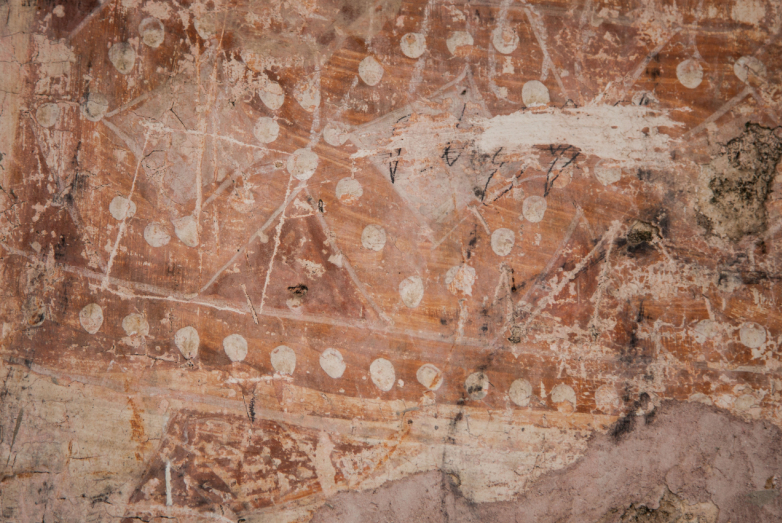
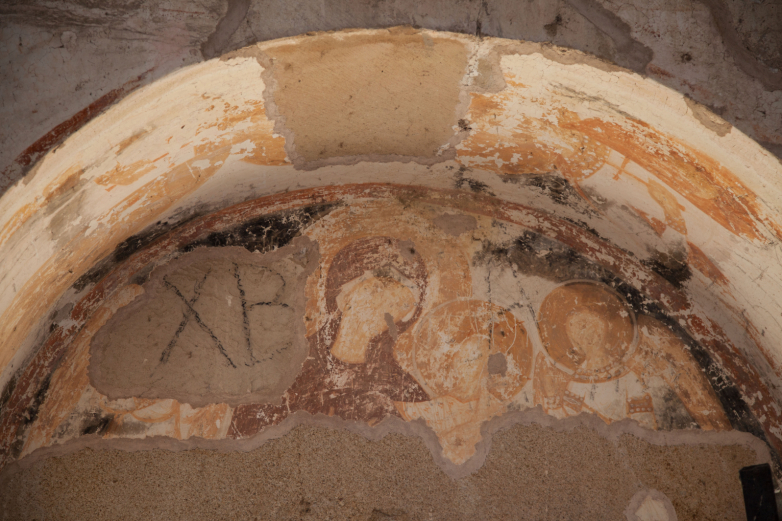
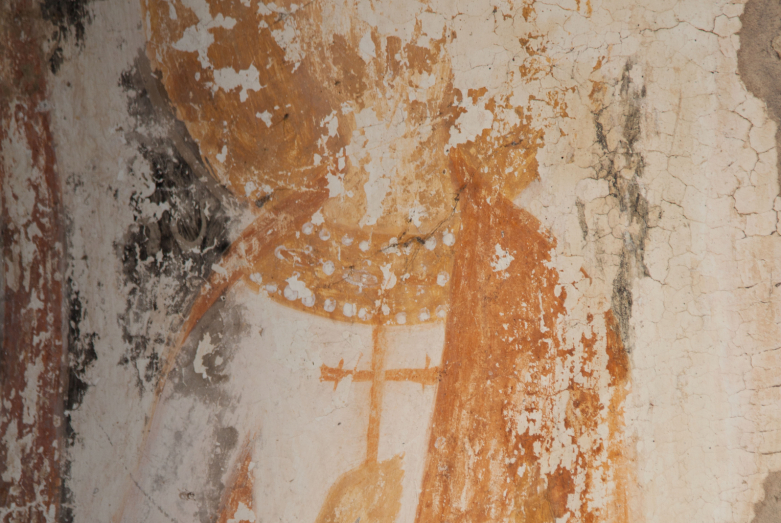
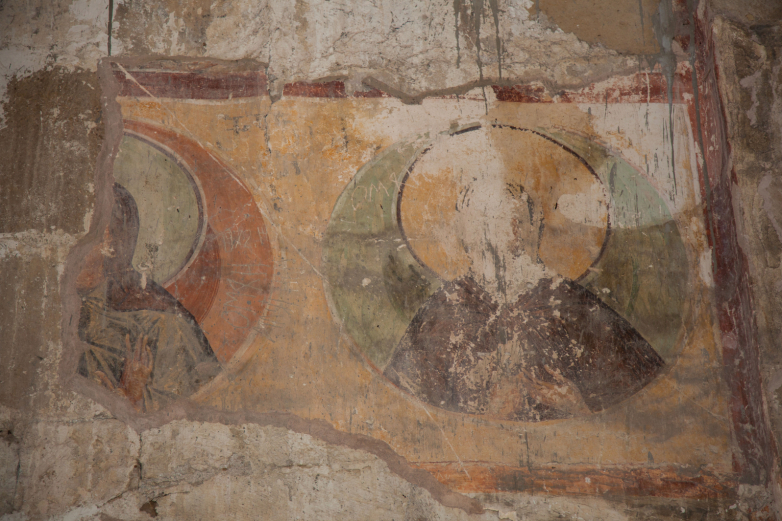
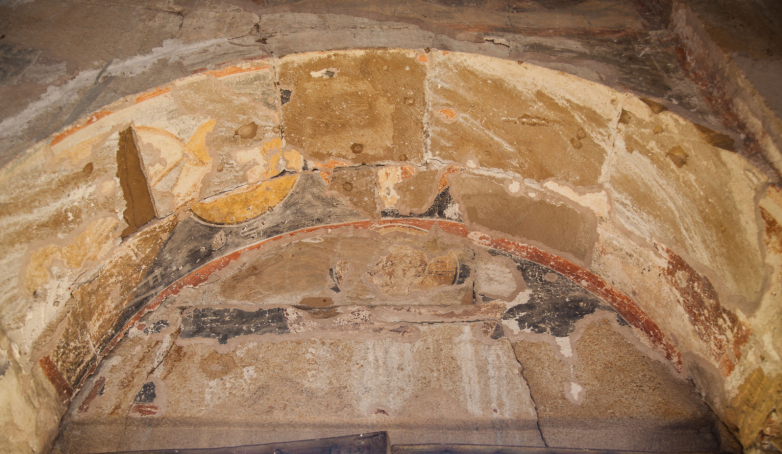
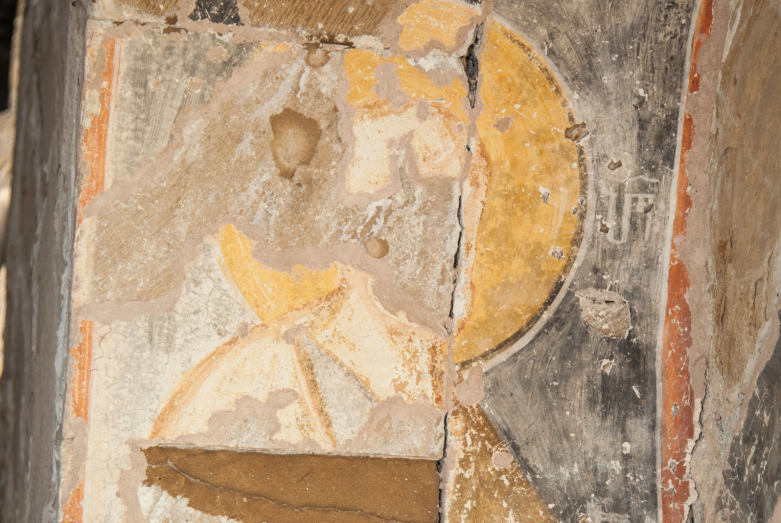
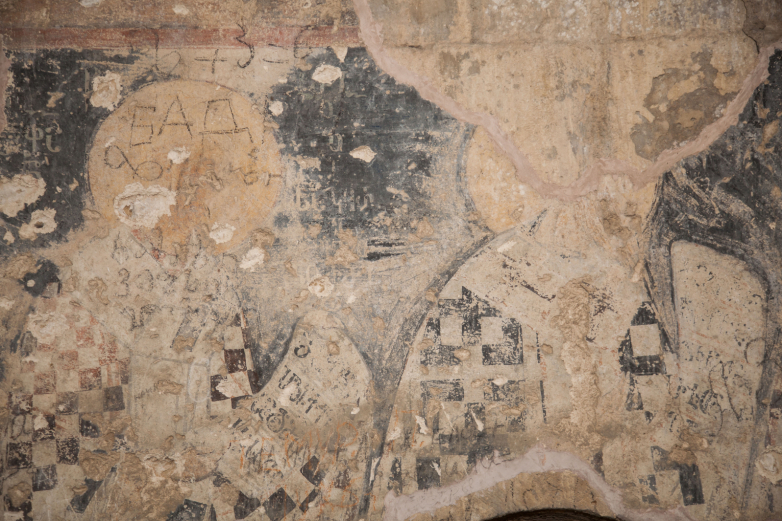
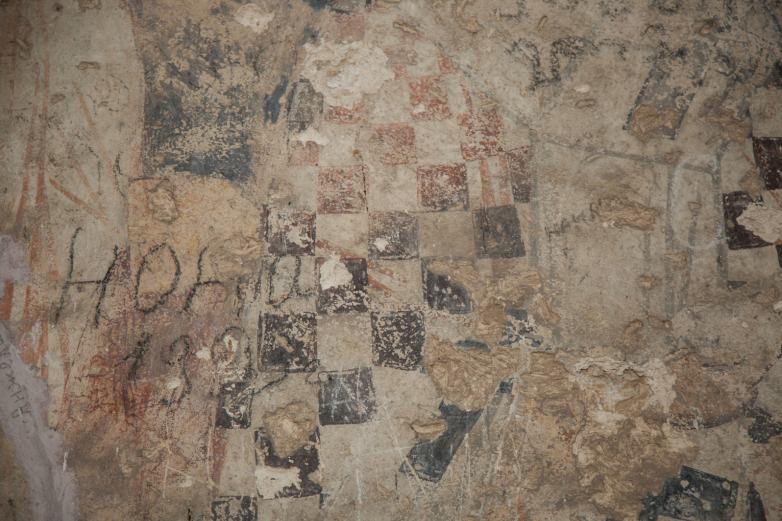
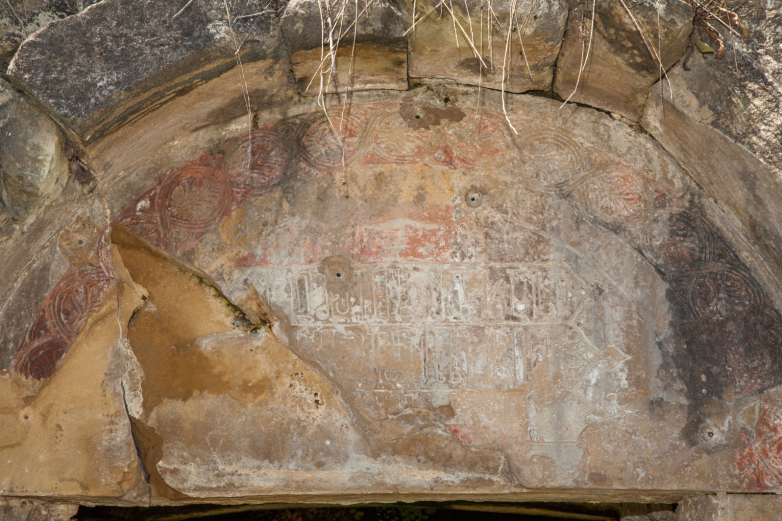
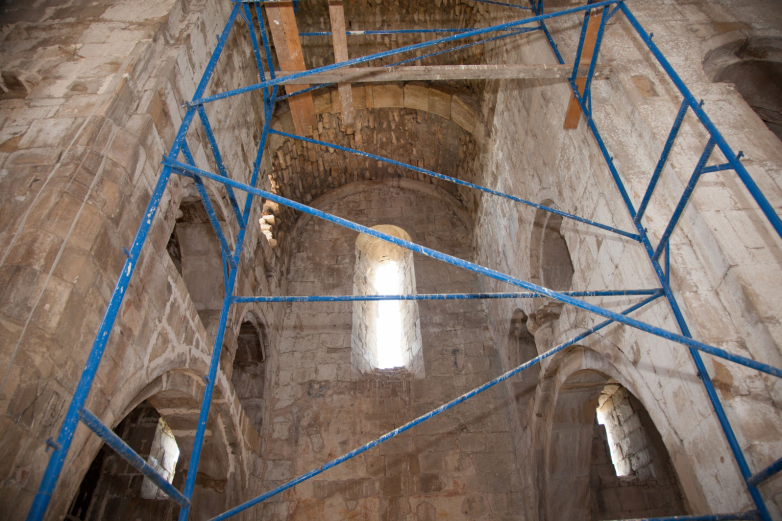
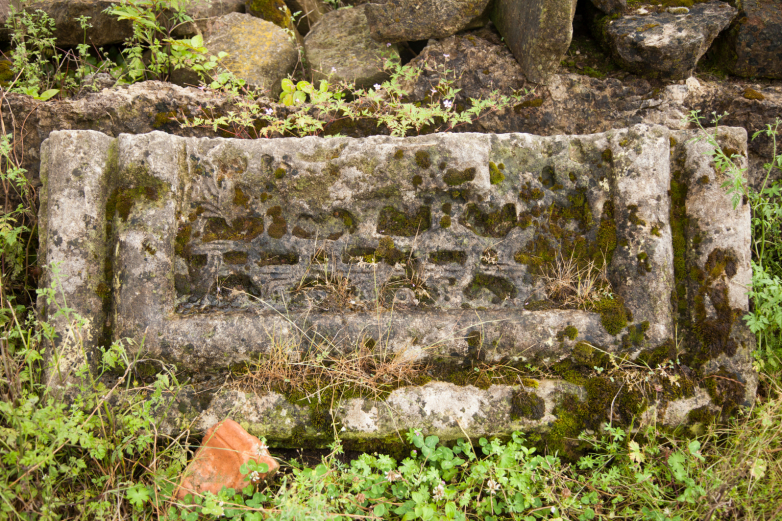
to login or register.